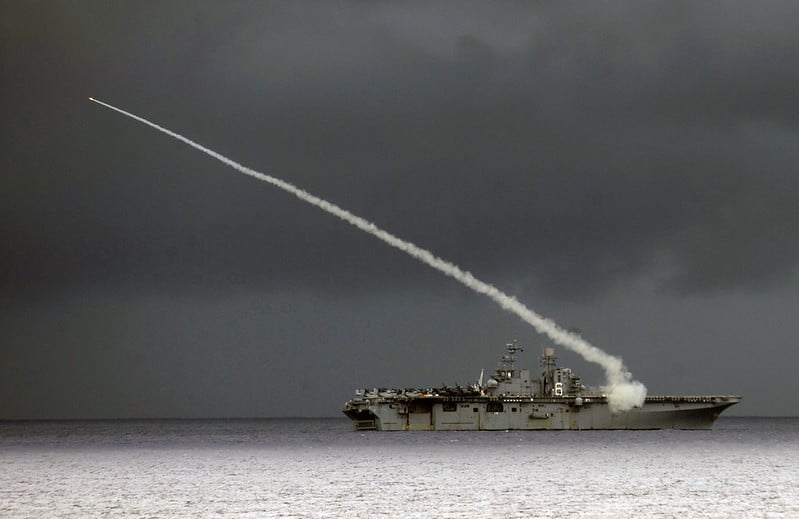
March 3, 2021
While the air defense mission traditionally emphasized defense against aircraft, the distinction between air and missile defense has blurred as states field new varieties of cruise missiles, loitering munitions, and hypersonic weapons. Capable of maneuvering within the atmosphere, these missiles present a categorically different challenge from ballistic missiles and require distinct systems to detect and...

July 25, 2017
The RIM-162 Evolved Seasparrow Missile (ESSM) is a medium-range, surface-to-air interceptor designed to counter high-speed antiship cruise missiles naval vessels against antiship cruise missiles (ASCM), low-velocity air threats (LVAT) such as drones and helicopters, and high-speed maneuverable surface threats. The ESSM works in concert with other air defense interceptors, such as Standard Missile-2 and Standard...
April 14, 2016
The Standard Missile-2 (SM-2) family was developed to provide air and cruise missile defense as part of the Aegis Combat System on U.S. Navy ships. The SM-2 Blocks II, III, and IV each uses semi-active radar homing and have a blast-fragment warhead with a radar and contact fuse. The family of SM-2 interceptors are all solid-fueled and...
June 1, 2021
The SM-2 Block IV (RIM-156A) is an extended-range surface-to-air missile interceptor modified for terminal phase ballistic missile defense. The Block IV was the first extended-range SM-2 interceptor to fit inside the MK41 VLS. The Navy deemed the differences between the Block IV and previous SM-2 ER (RIM-67) variants as significant enough to warrant its own...

April 14, 2016
The Standard Missile-6 (SM-6) is a multi-mission missile capable of antiair warfare, terminal ballistic missile defense, and antiship strike roles. It uses a blast-fragmentation warhead to engage these threats in the endo-atmosphere. The U.S. Navy has also upgraded the SM-6 to perform strike missions. Its tri-mission capability also presents opportunities for the Navy to arrange...


